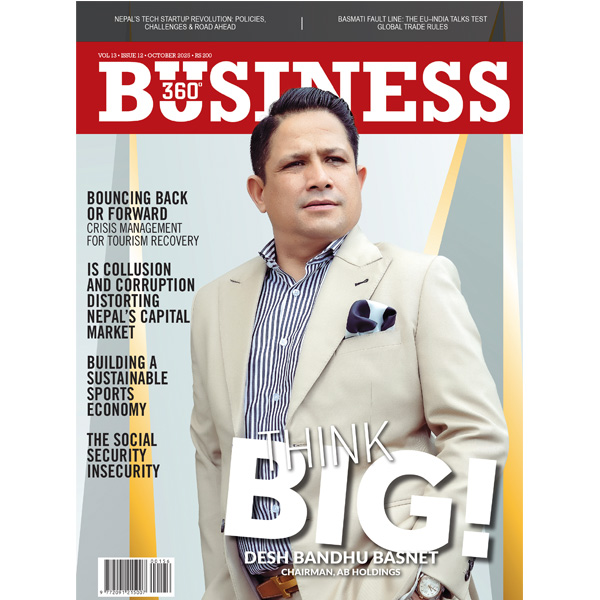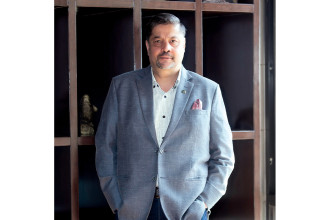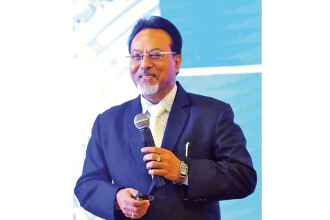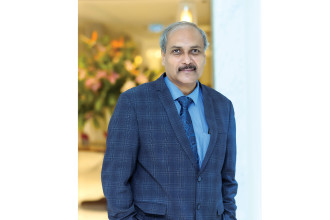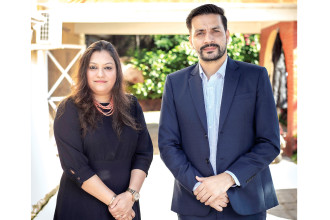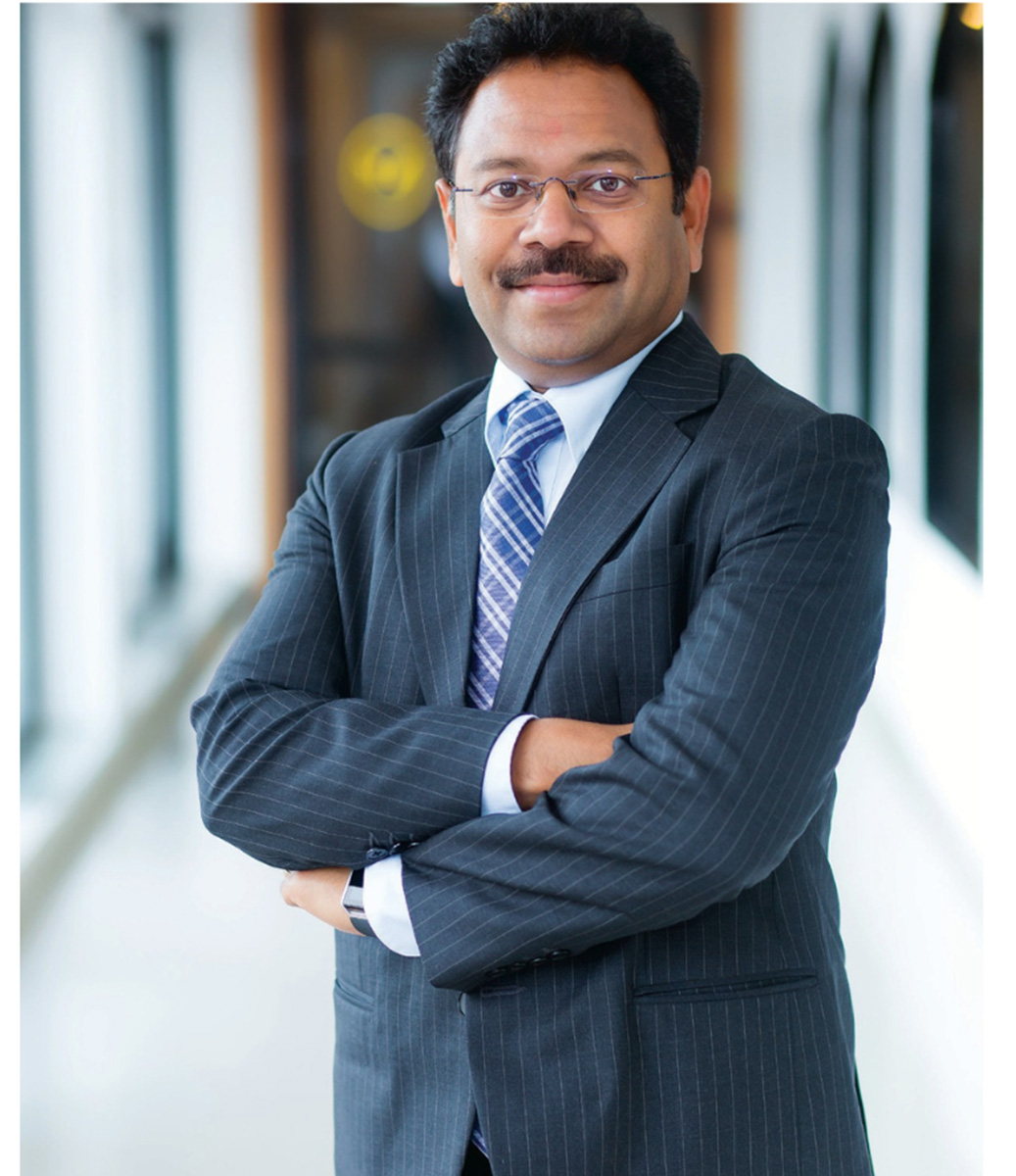
Suman Billa has been serving as the Joint Secretary of the Ministry of Tourism, Government of India since November 2014. He was previously the Secretary of Kerala Tourism. B360 interviewed Suman Billa during his visit to Nepal for the 2nd Meeting of the Joint Working Group on Tourism Cooperation between Nepal and India which was held on July 6 and spoke to him about the importance of the Joint Working Group, the agendas discussed in the meeting, and how both India and Nepal will be working to achieve these.Excerpts:
What is the importance of the Joint Working Group at the ground level?
Both India and Nepal have a shared history and there is a lot of commonality even within the domain of tourism. Basically, tourism has the potential to transform communities and the economic demography of both countries. So I think there is a great deal of opportunities if both our countries collaborate to increase the size of the cake itself rather than worrying about one’s share of the pie. The Joint Working Group is an excellent mechanism where you are setting the agenda for further cooperation. I think, eventually, when it works or how it works on the ground level will largely depend on what is the vision you give it at the initial level.
Some of the issues discussed are possibly those that have been on the agenda for many years now. Your thoughts...
I think the first Joint Working Group was held in 2015 and it was very successful.We did not have any areas of diversions then and I think we didn’t have any areas of diversions in this meeting either. In fact, there are several areas where we can collaborate for mutual benefit.
It is not the right thing to say that there haven’t been any interactions because whatever we have decided on, we are actually building on those strengths today and we are furthering the agenda. For what we want to do, the government can only do certain things which is to set and steer the agenda, but I think it’s the industry which needs to pick up which is why we have decided in today’s meeting to have Indo-Nepal Tourism Forum which will largely be an industry body to pick up the lead from whatever has been decided in the Joint Working Group and run it on the implementation side.
We are calling it a stalemate at the policy level because over the several years the same issues are being talked about, the implementation or the will to take it forward beyond these meetings seems to be clearly lacking. Or is that the decisions lie beyond at a higher government level to be actually implemented?
I think we have to understand this at two levels. There are issues which are central and fall within the realm of tourism. Those are issues which we can track. Like today at the forum we decided to build upon our strengths earlier such as Buddhist circuit, Ramayana circuit, common branding, etc. The success of tourism rides on several other factors which are extraneous to the Ministry of Tourism themselves, whether it is in Nepal or in India. Such as, if you don’t have good roads or good aviation connection, you’ll not prosper in the tourism sector. So those are all the pieces that we need to discuss because they are vital to us. Those are all areas where we can only nudge the other ministries to move towards a quick resolution.
[caption id="attachment_7060" align="alignright" width="900"] Suman Billa ,Joint Secretary,
Suman Billa ,Joint Secretary,
Ministry of Tourism, Government of India[/caption]
But I think from what we have discussed today, several of those issues are also moving towards reasonably quick resolutions;one case in point being roads - the list of roads presented from both Nepal and India sides and the amount of work that has actually been happening.
Like I said, there are several pieces which are moving ahead. Tourism never happens solo. Multiple things have to come together, and for the first time in many years we are actually seeing that coming together.
Has a bilateral tourism marketing master plan been considered between the two countries?
It is not a real master plan in that sense. I think what we are looking at is that there is a shared heritage and it would be incomplete to project that heritage just on the Indian or the Nepali side. Consider the life of Lord Buddha—he was born in Nepal, but all of his life he lived in India. For any pilgrim to have come to Nepal and not visit India or vice versa, would make for an incomplete pilgrimage.
So I think there is a great opportunity for both our countries to come together to make a holistic circuit. The same is with the Ramayana circuit. Sita was born in Nepal and rest of the story is in India. So how do we link all of these sides to make a holistic experience for a traveller. It is not that India and Nepal will completely do a common marketing strategy in all aspects. That’s not the agenda. The idea is to find these areas of conversions, find the circuits which align both the countries and jointly promote in a way so that what works for India will also work for Nepal and vice versa.
Do you think that bilateral forums are more important in meeting objectives rather than SAARC as a region?
Both of them have their own strengths.When you discuss in a multilateral forum like SAARC, you are discussing common issues but across different countries. So, those are areas where you can set a common regional agenda and you can discuss on several issues that are or can be played out across the region. But I think the bilateral meetings are where you can take up certain issues which are between both countries. So, it is not that bilateral at the expense of the regional or regional at the expense of bilateral. There are clearly demarcated areas for both of them. Like the Ramayana and the Buddha circuit. India and Nepal have great interaction, not just in pilgrimage tourism but also in adventure tourism. The same may not be the case with other countries. Whenever there are points of conversions for other countries, all the countries need to bring them in and I think SAARC is a good forum for that.
Going by what is really happening in terms of trade and commerce, many experts suggest that none of the agendas actually get done and normally the dialogue is dominated by the Indo-Pakistan issues at SAARC forums. And bilateral meetings are considered more the-way-to-go to have more focused dialogues. Would you agree?
I really won’t say that because we had a SAARC Joint Working Group in New Delhi two years ago and it was quite productive. I think we all found a lot of common grounds because tourism is an area where it doesn’t operate on ‘I gain at your expense’. It is always a matter of gaining together.When you sit down as a group and look at what your areas of interests and issues are, the understanding and narrowing down of issues certainly happens. I would certainly not say there is no space for multilateral meetings. It has its own space. We even go at the level of United Nations World Tourism Organisation. We do not say that it is irrelevant or nothing happens at that level. There is a certain amount of value that the organisation and the level of engagement brings, but it is more rarefied and higher level than it is at a bilateral level which is more focused and more on theground.
Would you like to comment on the International Airport in Lumbini considering that India is unable to consider cross border flights?
From a tourism perspective, Lumbini is important for us because if we have to promote the Buddhist circuit, we also need to have aviation connectivity. But how both countries can make it happen is something that the aviation sides of both nations need to sit down and work. I have been told there is a separate joint mechanism for that.
Can you give us your outlook for potential Indo-Nepal bilateral tourism promotion considering the variances in infrastructure and the sensibilities of the current traveller who has specific choices?
There will always be an imbalance. It is not just between India and Nepal. Even between destinations in India, disparity will be there. The level of facilities that are available, say in Bihar compared to Rajasthan or between any other regions, there will always be a difference. But I think the challenge is that it is not a minimum basic requirement that tourists will only come with a visa. I think we need to create infrastructure and we need to move towards making that infrastructure better and world class. But that shouldn’t stop us as you cannot put the cart before the horse. If tourists come, then infrastructure will automatically come by itself. There will always be asymmetry but that’s not necessarily a barrier.
You have been known to stress on digital marketing. Do you have any specific plans for Incredible India Version 2 that Nepal can learn from?
Incredible India Version 2 broadly has three elements in it.One is to have a product specific campaign. It means that if you go to market Incredible India in a country like Germany which is heavily centred on Ayurveda, wellness and yoga, I think these are going to be the primary products that I need to push in Germany. Similarly, for the Middle East, I would promote the monsoons, and for the USA, I would go for more of a luxury oriented marketing strategy. So, one is that you need to have campaigns which showcase different products in the international market.
At the second level, I think you also need to have a country specific campaign. It is more of a “horses for courses”campaign. Earlier we used to make one generic film which used to run in countries and television channels across the world. But now, we are bringing that nuance into the way communication itself is delivered.
I think the world is rapidly changing and the space of print media is shrinking rapidly. Electronic or television media is still there but it is a very expensive way for promotion. So, the most cost effective way, and we are certain that the future is going to be around digital media because it allows me to target the user better. For example, in digital media, it allows me to drop a cookie in your browser. So at some point if you have looked up a certain topic, every time you come back, a little window can pop up suggesting topics related to that. So, it is more bang-for-the-buck, more focused and targeted. It is also a great way to engage with people and build up a community of people who are India lovers that you have put via blogs, tweets and posts on the social media. So, we think that the digital piece is going to be extremely central. That’s possibly the experience all across the world. So what works for the world can also work for Nepal in the same sense.
Could you elaborate on regional tourism?
If you look at the numbers anywhere in the world, the bulk comes from regional tourism. If you look at Spain, it receives 85 million tourists every year, but 82% of them are actually regional tourists. So, I think one of the problems that we have is not adequate number of regional tourism happening. Between India and Nepal, we have about a lakh plus people travelling to and from both countries. I think we have great potential to increase the numbers. Look at India’s outbound; we have about 25 million Indians travelling abroad every year but why is it that only about 120,000 of them are travelling to Nepal? So, I think we need to create that connection between people and encourage them to travel.The ways to do that is to simplify process and procedures, and make tourism more attractive for people. It’s always best to find markets closer to home than to rely on markets which are far away.
Are you satisfied with the outcome of this Joint Working Group? If they are 2-3 key takeaways you would want to share, what would they be?
I think the biggest takeaway is going to be agreeing to jointly promote the Buddhist circuit, Ramayana circuit and adventure tourism. I think this is unprecedented because India doesn’t have this arrangement with any other country in the world where we are saying let us identify a product and let’s do something together. This is an unusual thing to happen anywhere in the world. Typically, countries tend to hold on to what’s dear to them or they simply don’t have enough commonality to create into a single tourism product. So, I think it’s truly odd-breaking and it changes the paradigm in many ways for two countries who have agreed to collaborate and search for ways to increase the size of the pie rather than what one can get out of it. It is a new level of cooperation that we are doing and that is a big takeaway. Other takeaways that are there are fairly straight forward like about greater interaction for human resource and skill development.


